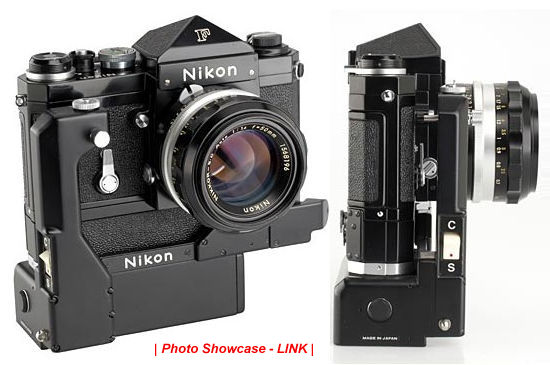I would both agree and disagree with the comments above...
SOME gyms fall into the category ET described with wonderful lighting...MANY (at least in my experience) have nice lighting, but the phasing can mess with your white balance. It is easily corrected in post, but something to be aware of...I have had a single burst of images show anything from blue cast to perfect to pink...whatever the predominant light color was during the small time the shutter was open...nothing you can really do when you get lights like that and unfortunately many gyms have those lights...
As far as settings go, I would choose AFC, single point, CH, and manual settings of 1/1000 minimum with somewhere between f2.8 and f4 - i usually prefer f4, letting the ISO end up wherever a test image during warmups is correctly exposed. Most sports photographers don't use RAW - JPEG only. It depends on the photographer / gear / style and the anticipated use of the images. I shoot RAW to one card and JPEG to the other - mostly because I don't ever worry about the buffer getting filled on my D4. Just a thought if you end up hitting your buffer limit...I always prefer to shoot RAW unless I am fighting an issue where it makes more sense to shoot JPEG only. Merco's suggestion of 12 bit will probably help with that...
It also depends on where you are as to how I would deal with focus. I know photographers who have problems focusing with volleyball because of the net. I would highly recommend back button focus. That way if you are at the far end, you can pre-focus in an area where you anticipate a block or other activity above the net and be ready for it the next time they are there. If you don't have the net to worry about, back button is still an excellent idea for sports and many other uses. Definitely move around - you may find it useful to have a 24-70 or as close as you can get to that when you are closer to your subjects. Different school districts, individual schools, refs and even Athletic Directors have different rules as far as where you can get...I know folks who have shot under the net (in front of the official on the ladder stand) and others who have been told they weren't allowed there.
I agree that focusing on the eyes is an excellent idea but it is one of the most difficult things to do, especially with moving subjects. Even with f2.8, if you get the body in focus, the face and eyes should be as well in most instances and the body is quite a bit easier to track when you are following a moving subject...of course, that assumes the part of the body you are focusing on is roughly the same distance to the face / eyes...won't work all the time, but many I know focus on the team / school name on the chest to make subjects easier to track.
Good Luck - looking forward to seeing some of your images!



 Sign In
Sign In Create Account
Create Account




 Back to top
Back to top Report
Report






















